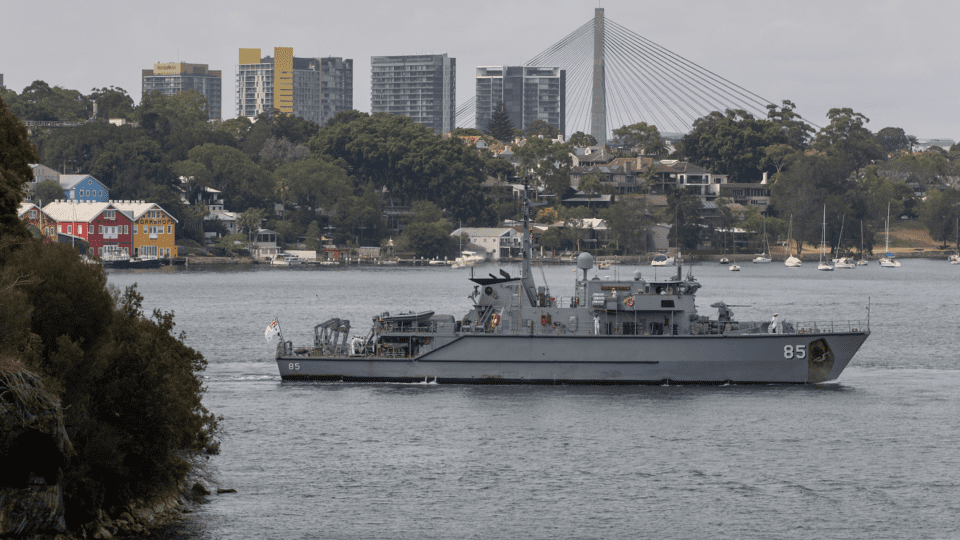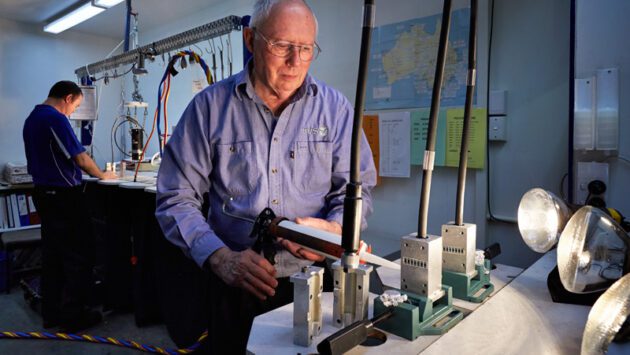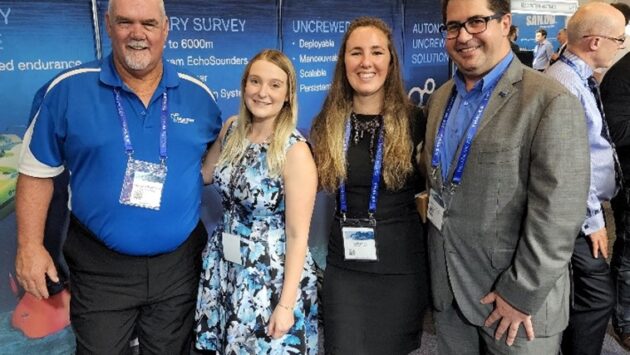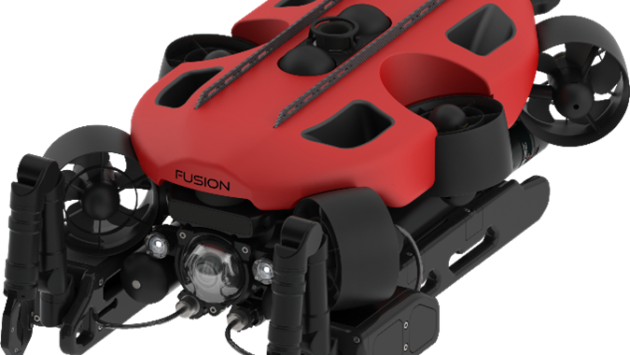Devil in the Detail for Accelerating Autonomy
Devil in the Detail for Accelerating Autonomy
The ASPI Report Accelerating Autonomy notes the 2019 federal election campaign announcement that instead of conducting an expensive upgrade of its manned minehunting ships, Defence will move more quickly to replace them with autonomous systems. The report judges this as a significant development, as it’s the first time that Defence will be entirely dependent on autonomous systems for a capability previously provided by manned platforms.
While the thrust of Accelerating Autonomy is fully supported, in the case of Mine Countermeasures (MCM) capability the devil is truly in the detail. The footnote that the US Navy is retiring its manned minehunters in favour of autonomous systems operated from littoral combat ships or vessels of opportunity, ‘America is getting rid of their minesweepers’ cannot go unchallenged. While this may be true, as of 2018, the MCM modules aboard the 15 minehunting LCSs — which include sensors, robots and helicopters – were only were capable of detecting mines near the surface and neutralising mines near the seafloor. Over the past several decades, the U.S. Navy has articulated a commitment to delivering robust mine countermeasures assets to the Fleet. This “aspirational” vision has yet to be realised Embracing an Unmanned Solution for US Navy Minewarfare Renaissance.
In contrast Australia must look to threats in our own region. In a recent paper delivered at SubSTEC5 “Developing South-East Asian Tensions & Options for Australia’s Submarine Program” Dr. Keith Joiner et. al. argued that sea mining will surely figure in any rising tensions in South East Asia. The deniability of sea mining actions coupled with the cost effectiveness will certainly lead to minefields being laid to disrupt trade by sea and to shape and deny freedom to manoeuvre.
Autonomous systems capabilities that rely on operation from “outside of the minefield” are surely doomed to failure. If sea mines will be deployed and areas denied, what adversary will advertise the extent of their minefields? Even with perfect knowledge of a minefield location, the risk of personnel in small boats manoeuvring in minefields due to weather, equipment failure, GPS or communications problems is high. Shock hardened and acoustically quite Minehunter ships are the only low-risk way to prosecute minefields in all weather conditions. The idea that mines can be destroyed using low-cost weapons from craft of opportunity is surely putting men straight back into the minefield with no protection. An uncomfortable devil in the detail that is being lost in the race for the aspiration of autonomy in mine warfare.
Read More:
Navy minehunters demonstrate refuelling capability with Japanese partners
Multinational Mine Warfare Force Clears the Sea
RAN minehunters display their skills to Korean counterparts
 Developing South-East Asian Tensions & Options for Australia’s Submarine Program (1705 KB)
Developing South-East Asian Tensions & Options for Australia’s Submarine Program (1705 KB)
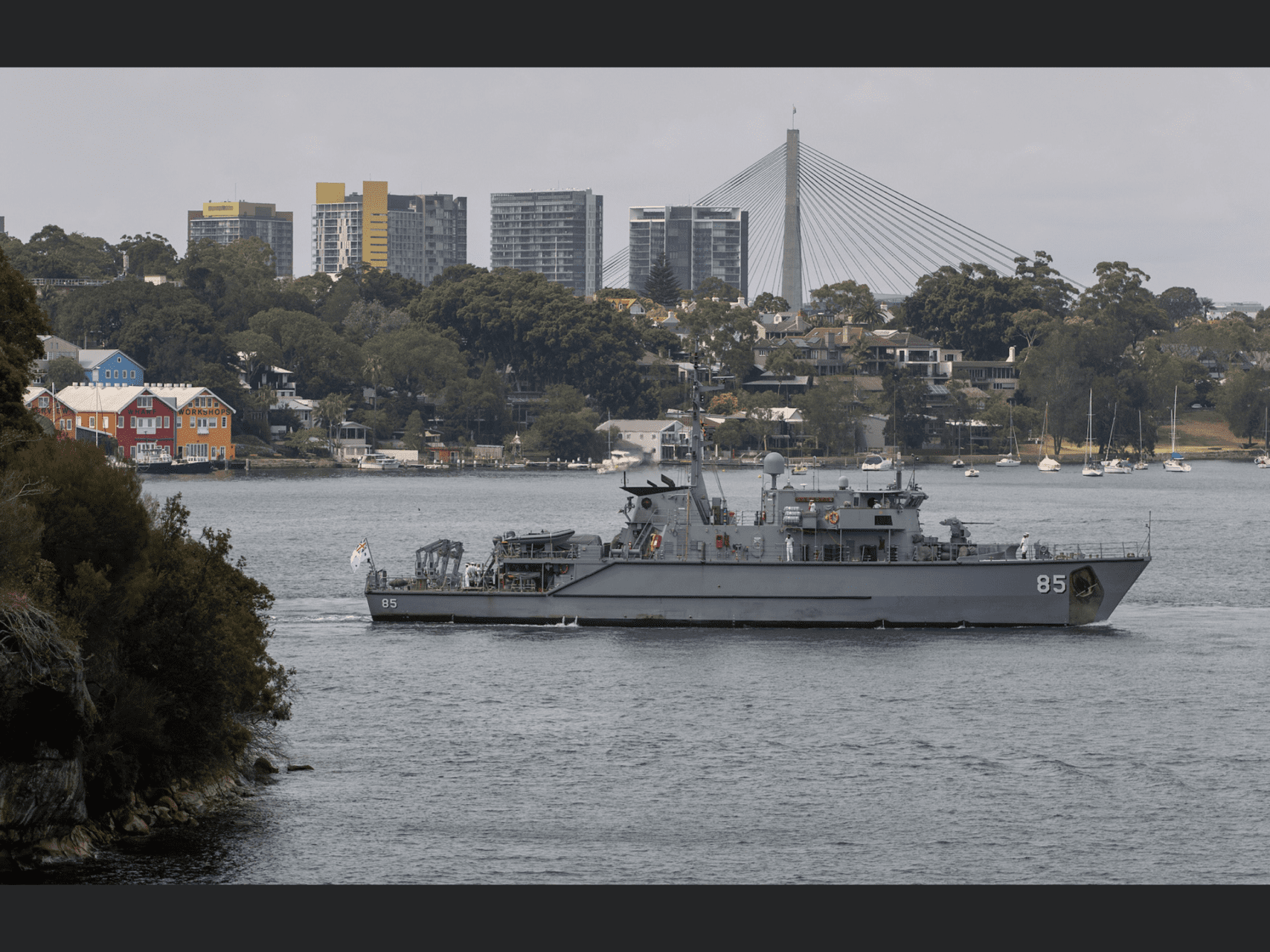 |
| HMAS Gascoyne (85) returns from exercise with Japanese Maritime Self Defence Force. |
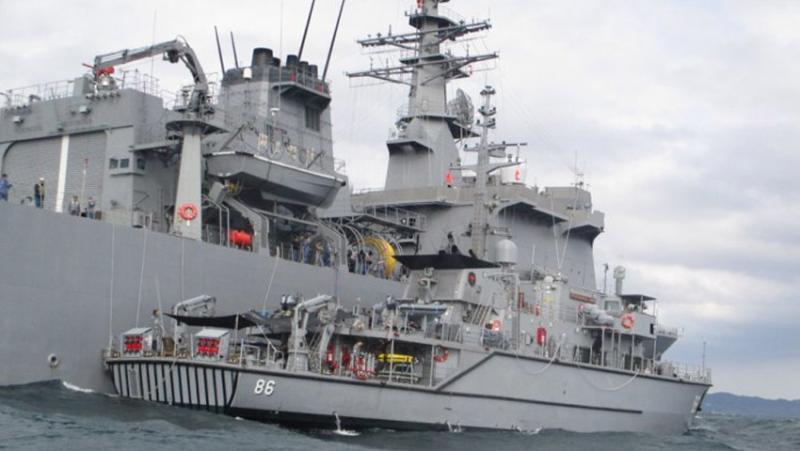 |
| HMAS Diamantina (86) rafts up to Japanese Ship Uraga for a replenishment at sea. |

